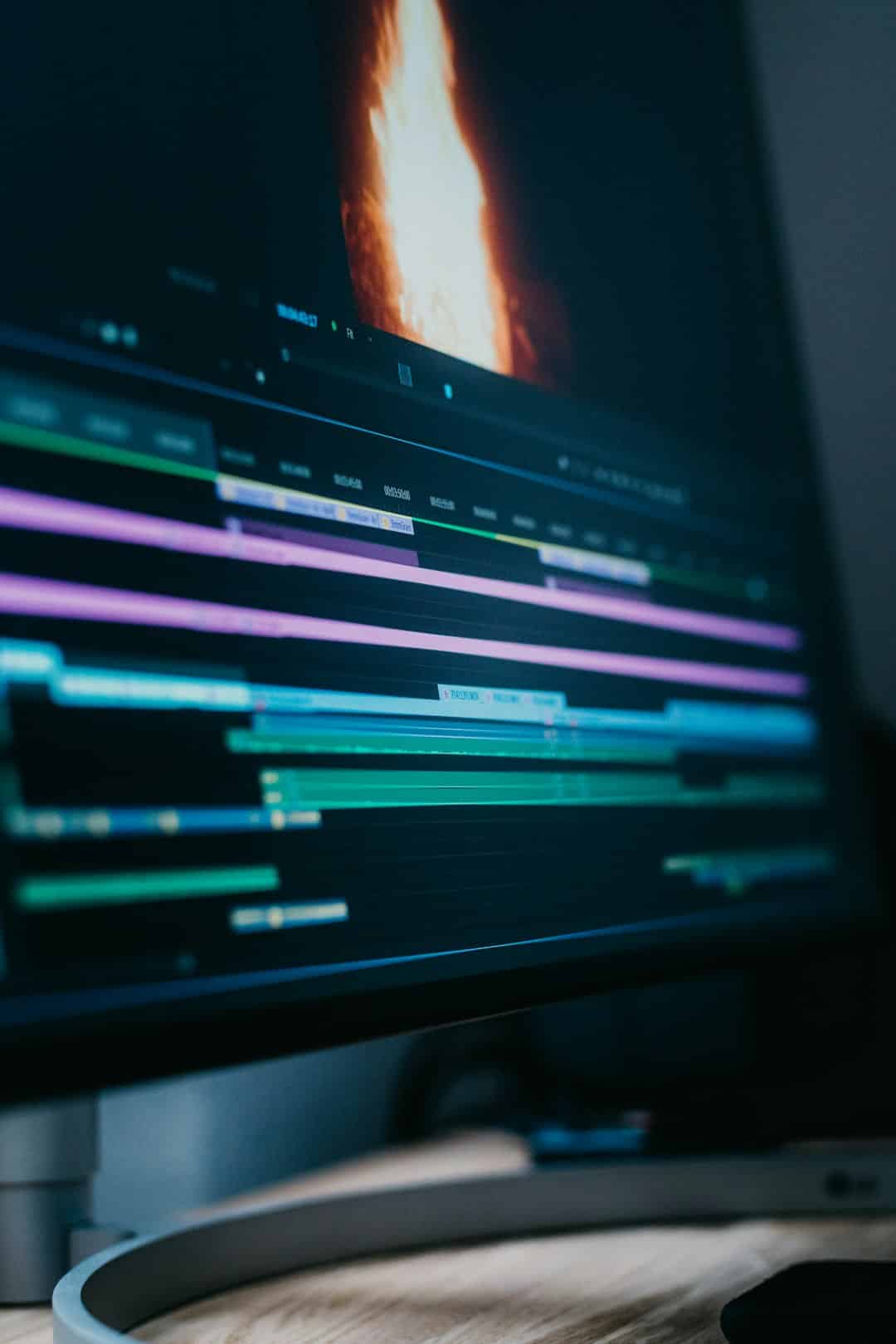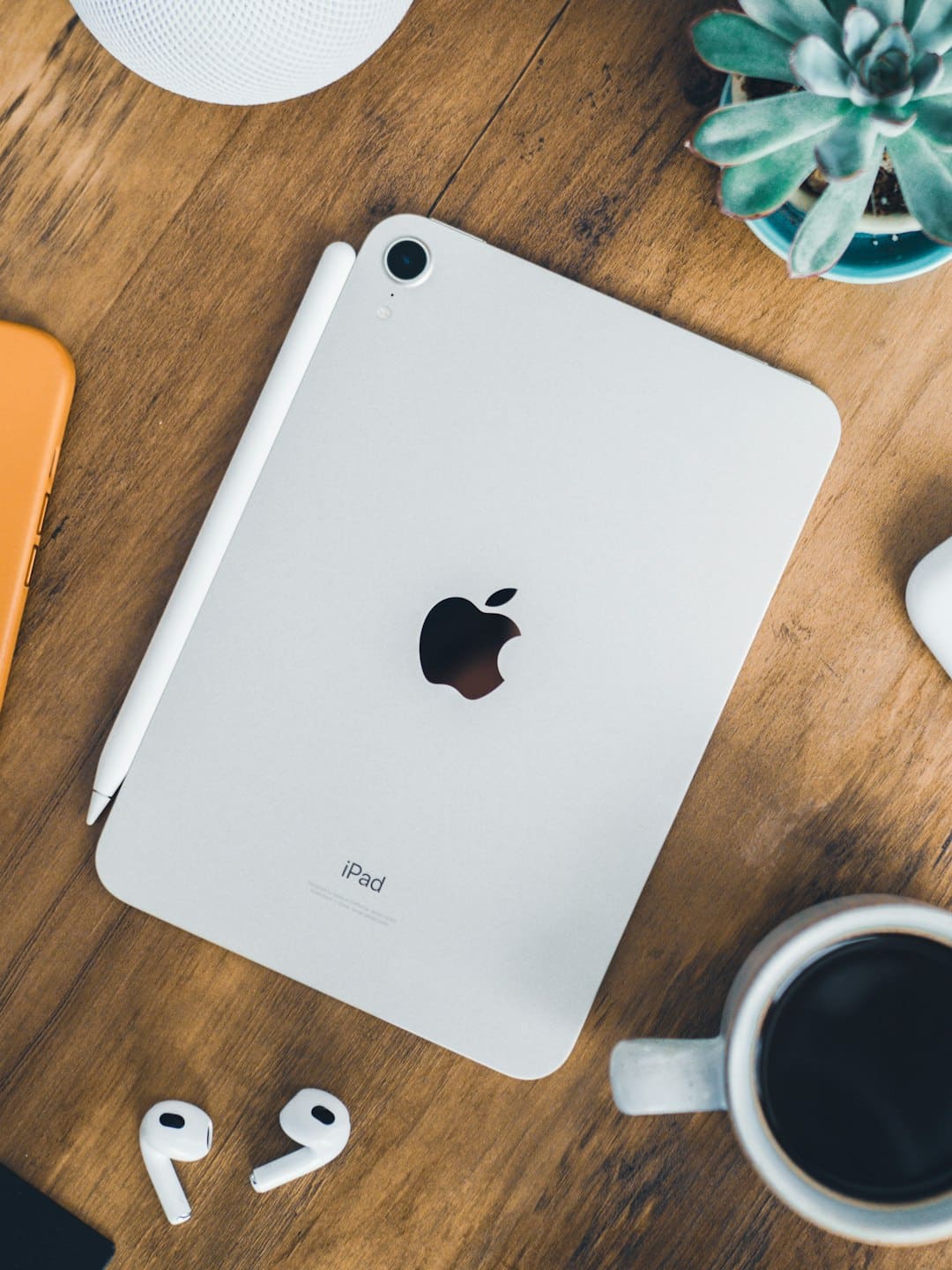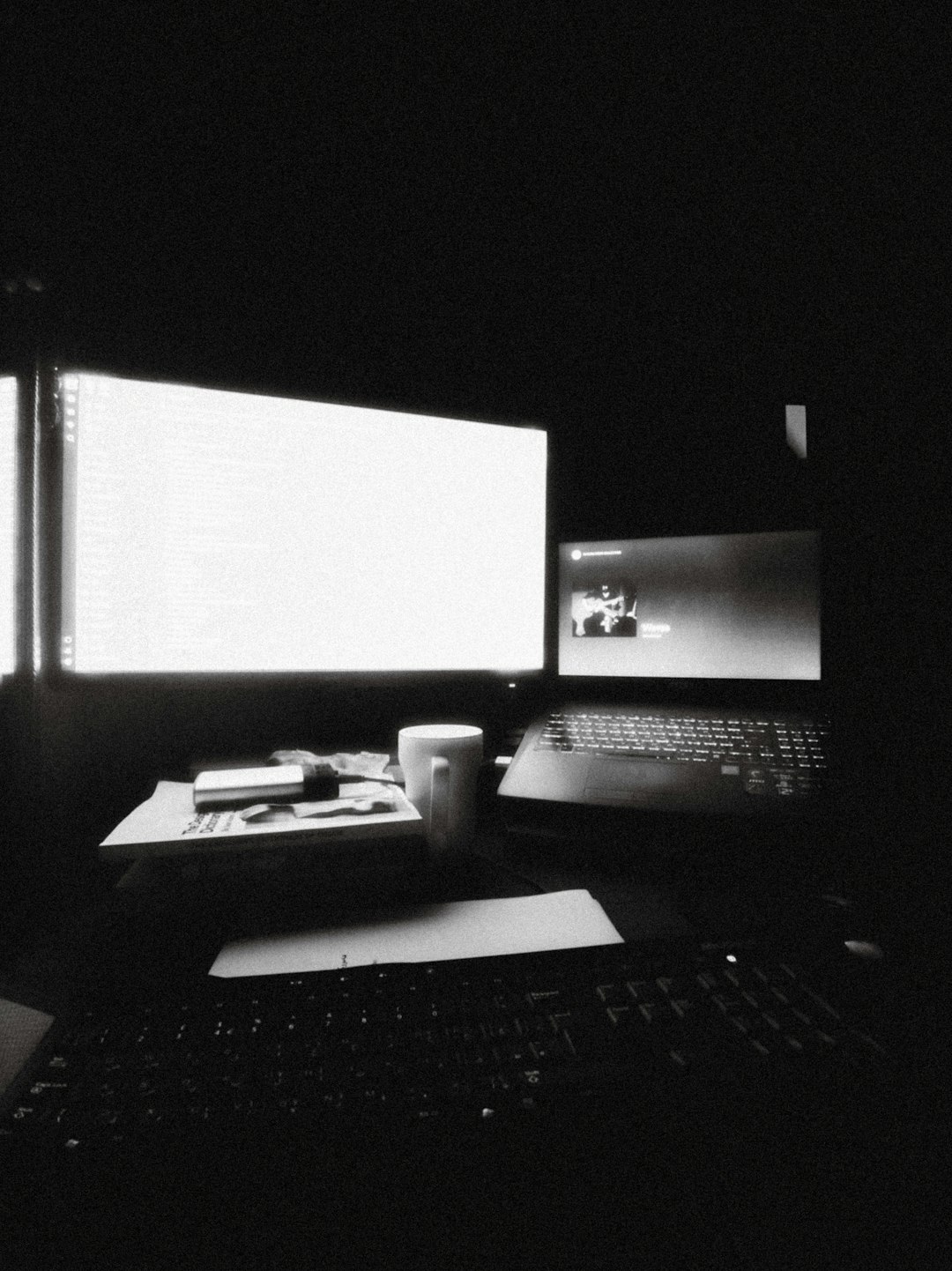
How AI Is Transforming Video Editing and Production in 2025: Top Tools to Try
In 2025, the convergence of artificial intelligence (AI) and video production is revolutionizing the way stories are crafted, edited, and distributed. Once a labor-intensive process requiring hours of manual effort, video editing is now transitioning into an automated and highly intelligent workflow. Whether you are a filmmaker, content creator, marketer, or educator, the integration of AI into video editing is not just a trend—it is a transformation that’s reshaping the entire industry.
The Rise of AI in Video Editing
AI technologies, from deep learning to machine vision and natural language processing, have entered the editing suite and brought unprecedented capabilities with them. These tools no longer simply support the editing process—they act as collaborators. Their ability to recognize faces, interpret speech, detect emotions, and even predict viewer engagement enables editors to focus less on tedious tasks and more on creativity and storytelling.
In today’s ecosystem, AI tools can:
- Automatically cut and assemble footage based on scripts or desired emotion tones
- Transcribe and subtitle dialogue in real-time across multiple languages
- Enhance and color grade visuals by analyzing lighting and scene composition
- Generate B-roll suggestions from metadata and visual context
- Assist in animating graphics and transitions with precision timing
These advancements are democratizing the editing process, making high-quality video production more accessible than ever—even to those without traditional editing training.

AI Is Shaping Every Stage of Production
The impact of AI isn’t limited to the post-production phase. In 2025, AI is extending its influence across the entire production pipeline:
- Pre-production: AI can analyze script drafts and generate storyboards, estimate production costs, and even predict audience reception.
- Production: Smart cameras utilize AI for facial recognition, scene tagging, and motion tracking—ensuring optimal takes with minimal retakes.
- Post-production: AI-powered tools automatically edit, transcode, and optimize video outputs for platforms like YouTube, TikTok, and Netflix.
- Distribution and Marketing: Algorithms analyze viewer behavior to generate tailored thumbnails, suggest optimal release times, and create localized versions of promotional materials.
This level of automation results in faster turnaround times, significant cost savings, and a more agile approach to content development.
Top AI Tools Transforming Video Editing in 2025
As this technological wave sweeps through the media landscape, several standout tools are making a major impact. Here’s a look at the most trustworthy and effective AI platforms for video creators this year:
1. Runway ML
Runway ML offers intuitive, real-time video editing capabilities driven by advanced machine learning. In 2025, its expanded feature set includes automatic object removal, motion tracking, and generative video effects powered by the Stable Video Diffusion model.
Highlights:
- Real-time collaboration in the cloud
- Text-to-video generation tools
- AI rotoscoping and green screen utilities
2. Adobe Premiere Pro with Sensei
Adobe’s flagship editing software has deeply integrated its Sensei AI engine to assist with everything from color correction to audio mixing. In 2025, its speech-to-text and scene detection tools have made leaps, enabling faster and more accurate editing workflows.
Highlights:
- Automatic scene detection and tagging
- AI-driven transcription and subtitle alignment
- Enhanced content-aware fill for video
3. Pictory
Designed to help marketers and educators convert long-form content into shareable short videos, Pictory leverages AI to summarize, highlight key points, and incorporate captions—all without manual trimming or tagging.
Highlights:
- Extracts highlights from webinars and podcasts
- AI-based caption generation and keyword highlights
- Template-based video branding features
4. Descript
What started as an audio transcription app has evolved into one of the most powerful AI editing suites. Descript now allows full video editing based on text—a simple click on a word can remove segments, change intonation, or dub entire sentences using AI voice cloning.
Highlights:
- Edit video by editing text transcript
- Overdub feature with customizable AI voices
- Screen recording and video podcast production tools
5. Wisecut
Often used by creators producing content for social media and online courses, Wisecut emphasizes efficiency. It uses facial recognition and voice detection to cut silences, add background music, and translate audio—all automatically.
Highlights:
- Automatic voice-based scene cuts
- Multilingual subtitle generation
- Background noise removal powered by deep learning

Challenges and Considerations
Despite these impressive advancements, the integration of AI into video editing isn’t without its challenges. Professionals must be aware of the ethical and creative implications of relying heavily on automated systems:
- Loss of Creative Control: Overreliance on AI-generated cuts or filters may lead to homogenized output lacking human nuance.
- Data Privacy and Security: Cloud-based AI tools process sensitive footage that must be protected to avoid breaches and misuse.
- Job Displacement: The automation of basic editing tasks can put entry-level video editors and post-production assistants at risk.
That said, AI should be viewed as a set of tools that augment rather than replace human creativity. Professionals who embrace these technologies skillfully will be more efficient, competitive, and adaptable in a rapidly shifting media environment.
Looking Ahead: The Future of Video Production
By 2030, experts predict that AI will be capable of autonomously producing entire short films—complete with voiceovers, animations, and emotional cues tailored to demographic preferences. Already, we’re seeing text-to-video models create promotional clips from product descriptions, and AI anchors delivering news using cloned likenesses of real journalists.
But in this rapidly evolving space, human creativity remains paramount. The best outcomes occur when AI handles repetitive tasks while humans direct the artistic vision. Film editing in the age of AI is no longer just about cutting footage—it’s about enhancing narrative, deepening immersion, and delivering content that resonates.
Final Thoughts
Artificial intelligence is not simply a passing trend—it is the foundation of a new video production paradigm. From automated editing workflows to intelligent content analysis, AI tools are making video creation faster, smarter, and more immersive in 2025.
Whether you’re an independent YouTuber or a Hollywood post-production house, embracing AI tools like Runway ML, Descript, and Adobe Sensei can redefine your creative process. The key lies in understanding where AI amplifies value—and where the human touch remains irreplaceable.
As we head into a new frontier of visual storytelling, those who adapt and innovate alongside AI will lead the charge into a more dynamic, inclusive, and compelling video landscape.